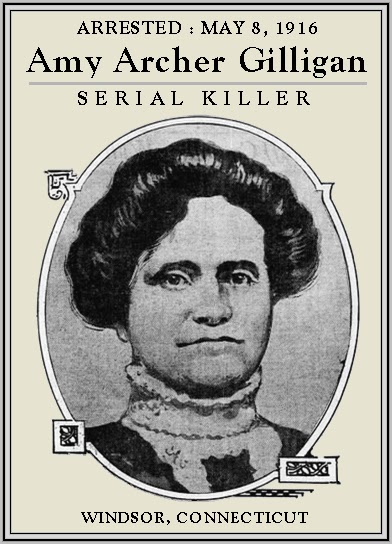
Thomas Cole, The Past, 1838 and the golden glow of Romanticism
You gotta love it! The Wadsworth Atheneum has put together another of its seemingly modest, but creatively eye-opening exhibits. This time, from Gothic to Goth: Romantic Era Fashion & Its Legacy. Don’t go expecting much Alexander McQueen. Goth is a footnote, and I was delighted this exhibit focused on American Gothic.
Even those two terms seem like an anathema. American and Gothic? Yes, with a slight tweaking of more American phrases we typically use–the Hudson River School, antebellum fashion styles–we can start connecting that Victorian-dark Gothic Revival furniture with our golden landscapes and elegant gentility.

Look at this gorgeous detail from Lilly Martin Spencer’s Reading the Legend, 1852. You know how much I love Spencer’s wit and social commentary. This painting couldn’t be more conventional, with the Romantic tryst in nature and picturesque ruin. But look at the details of that dress–the transparency of the lace over the bodice, the golden floral shawl, and the ruby-red satin of her gown. Luscious.
Two revelations came from the exhibit for me. That the Hudson River School painters like Thomas Cole and Frederic Church, who painted the connection between the Romantic notion of untamed wilderness and God, also influenced fashion. Yes, according to the exhibit curators.
Even more than in the Spencer painting, consider this dress.


 It sparkles with metallic thread in the embroidery and the golden material accentuates the Greek Revival fronds, so fashionable in all the decorative arts. Though a brighter palette, the same theme is used in this beaded bag that reads Hartford Conn 1833 and was inscribed with Almira H. White’s name. No German import for her!
It sparkles with metallic thread in the embroidery and the golden material accentuates the Greek Revival fronds, so fashionable in all the decorative arts. Though a brighter palette, the same theme is used in this beaded bag that reads Hartford Conn 1833 and was inscribed with Almira H. White’s name. No German import for her!
You can see the American forest flora and fauna in these objects. Just what Cole, Church, and particularly Asher B. Durand painted.
This Durand nature study is not in the show, but makes the point. Note the botanical specificity, the golden glow.
The russet tones of the dress below, and then pull in the neo-Gothic chair…

…and you get my second revelation. The pointed dress pleats and shawl front are reversals of the classic Gothic aspiring point. Wow! I had never put that together before.
So I reached out to Erin Monroe, American Art Curator at the Wadsworth, and she replied via email, “the pointed pleats on the dress and the slimming down or elongated silhouette of the dresses—moving away from the GIANT leg o’ mutton sleeves in the earlier dresses—are the visual reaction to or emulation of the Gothic elements of the architectural.”
How cool is that? Thanks, Erin!
You can really see it here:


The gold
The points
The nature motif

Now look at the nearby painting by Cole, Scene from ‘The Last of the Mohicans,’ Cora Kneeling at the Feet of Temenund, 1827. It’s all there. Plus the lead character in the book was a ‘Natural Man’, so a fitting subject for our landscape guru.
Cole’s painting predates the dress and shawl above by some 10 years, and you might connect the influence of his golden glow, pointed spires, the botanical specificity (of so much more important than the miniscule figures). Thomas Cole changed landscape painting everywhere, and now I know him as a fashion inspiration!
Maybe the love of pointed mountain peaks with their evocation of mystery and spirituality, helped inspire the whole Gothic Revival thing. (This is how an art-geek thinks.)



More examples of the earth-tones, flora and fauna patterning, and severe points. Look at those pleats to the right. Makes me gasp for air.
Perhaps the quirkiest decorative art to be inspired by Cole and gang was not really an art, but more a decorated functional object. A stove. Yep.
Look at how this parlor stove from about 1844 has been cast with the same decorative motif. Rounded foliage right out of a landscape painting. The exact patterns used in dresses…and stoves!


Don’t you love when you see something so familiar in a totally new way. Brava, Curators!




 Mrs. Gowdy was one of 60 deaths in the house between 1907 and 1917. Hmmm. Not all her victims were men. She convinced widows to leave their estates to her. Talk about buyer-beware!
Mrs. Gowdy was one of 60 deaths in the house between 1907 and 1917. Hmmm. Not all her victims were men. She convinced widows to leave their estates to her. Talk about buyer-beware!



 ries then paid for her to return to the US, to study at Oberlin, a college that accepted blacks. Sara Margu was 14 years old. It was 1844. Although it wasn’t all peaches and cream, despite the liberal stance, she did learn and became the first black to graduate.
ries then paid for her to return to the US, to study at Oberlin, a college that accepted blacks. Sara Margu was 14 years old. It was 1844. Although it wasn’t all peaches and cream, despite the liberal stance, she did learn and became the first black to graduate. She has collaborated with the
She has collaborated with the 


